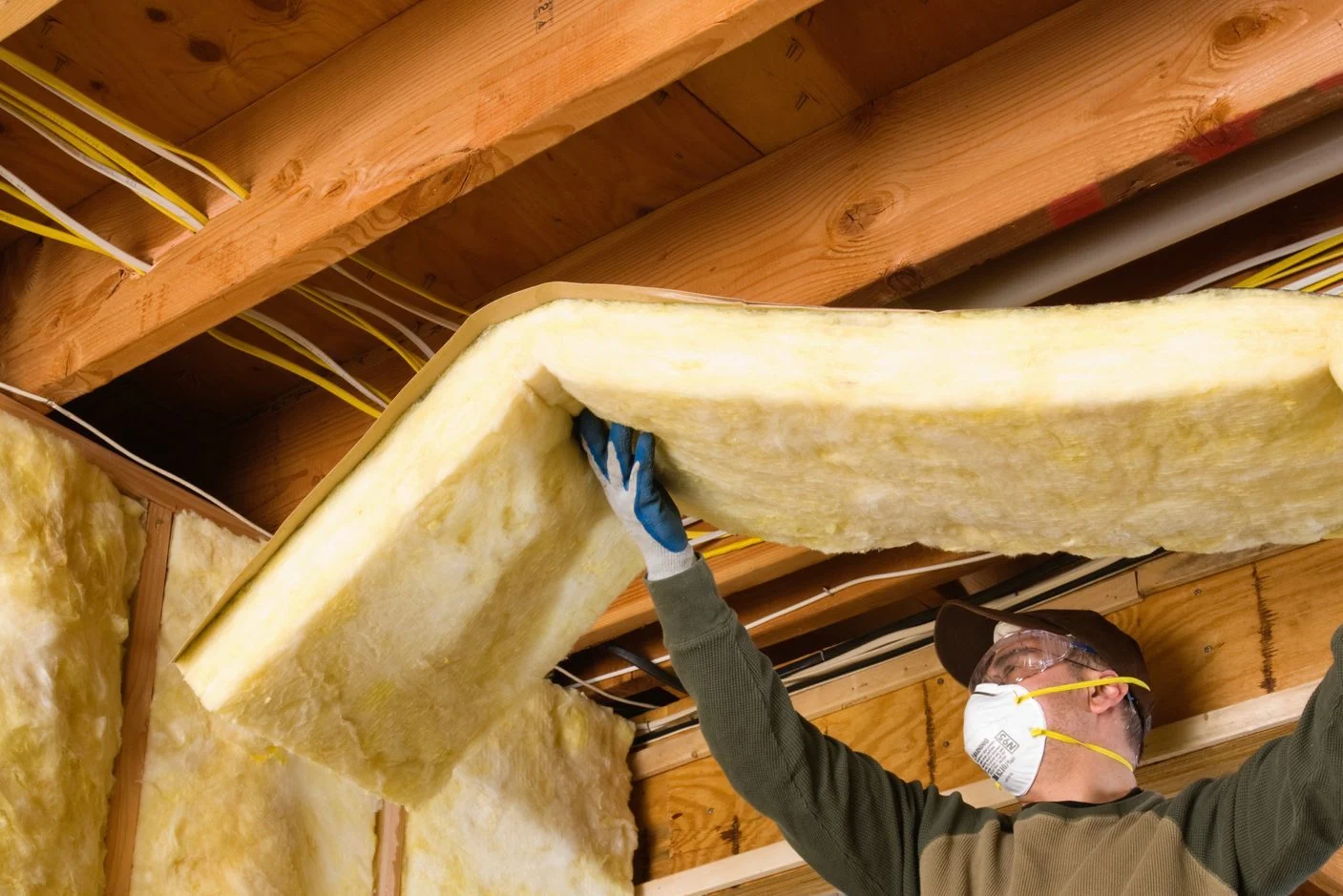Soundproofing a ceiling can significantly improve the acoustic comfort of a room by reducing noise transmission from the floor above. However, achieving effective soundproofing requires careful planning and execution. In this guide, we’ll discuss some common mistakes to avoid when soundproofing a ceiling to ensure optimal results.
Not Assessing the Source of Noise:
One of the most common mistakes in soundproofing a ceiling is not properly identifying the source of the noise. Before beginning the soundproofing process, it’s essential to determine the types of noise you’re dealing with and where it’s coming from. Whether it’s footsteps, voices, or airborne noise like music or television, understanding the source will help you choose the most appropriate soundproofing materials and techniques.
Using the Wrong Materials:
Another mistake is using the wrong materials for the soundproofing ceiling. While it may be tempting to opt for inexpensive or readily available materials, such as regular insulation or foam panels, these may not provide adequate soundproofing properties. Instead, choose specialized soundproofing materials designed specifically for ceiling applications, such as mass-loaded vinyl, acoustic panels, or resilient channels. These materials are engineered to absorb or block sound waves effectively, providing superior noise reduction.
Ignoring Airborne and Impact Noise:
When soundproofing a ceiling, it’s crucial to address both airborne and impact noise. Airborne noise travels through the air and can include sounds like voices, music, or television. Impact noise, on the other hand, is caused by physical impact on the floor above, such as footsteps or furniture movement. Ignoring either type of noise can result in incomplete soundproofing and subpar acoustic performance. Be sure to choose soundproofing materials and techniques that address both airborne and impact noise for comprehensive soundproofing.
Neglecting Sealing Gaps and Cracks:
Sealing gaps and cracks in the ceiling is often overlooked but is essential for effective soundproofing. Even small openings can allow sound to leak through, compromising the soundproofing performance of the ceiling. Before installing soundproofing materials, thoroughly inspect the ceiling for any gaps, cracks, or holes and seal them with acoustic caulk or sealant. Pay attention to areas around light fixtures, vents, and electrical outlets, as these are common sources of sound leaks.
Insufficient Coverage:
Insufficient coverage of soundproofing materials is another common mistake that can undermine the effectiveness of ceiling soundproofing. To achieve optimal results, ensure that soundproofing materials cover the entire surface area of the ceiling, including corners and edges. Leaving gaps or gaps in coverage can create weak points where sound can penetrate through, reducing the overall soundproofing performance of the ceiling.
Incorrect Installation of Resilient Channels:
Resilient channels are commonly used in ceiling soundproofing to decouple the ceiling from the floor above, reducing the transmission of impact noise. However, incorrect installation of resilient channels can diminish their effectiveness and even create new sound transmission pathways. When installing resilient channels, be sure to follow the manufacturer’s instructions carefully and use the correct spacing and fasteners. Additionally, avoid over-tightening the screws, as this can reduce the channels’ ability to absorb vibrations.
Overlooking Acoustic Testing:
After soundproofing the ceiling, it’s essential to conduct acoustic testing to evaluate the effectiveness of the soundproofing measures. Skipping this step can result in missed opportunities to identify and address any shortcomings in the soundproofing system. Acoustic testing involves generating noise on the floor above and measuring the sound transmission through the ceiling using specialized equipment. Based on the test results, adjustments can be made to improve the soundproofing performance if necessary.
Failing to Consider Building Codes and Regulations:
When soundproofing a ceiling, it’s important to consider local building codes and regulations to ensure compliance. Failure to adhere to these requirements can result in fines, delays, or even forced removal of non-compliant soundproofing materials. Before starting the soundproofing project, familiarize yourself with relevant building codes and regulations governing sound transmission and soundproofing materials in your area. Ensure that the chosen soundproofing materials and techniques meet or exceed these requirements to avoid potential issues down the line.
Not Seeking Professional Advice:
Finally, one of the biggest mistakes in soundproofing a ceiling is not seeking professional advice when needed. While many soundproofing projects can be DIY-friendly, complex or large-scale projects may benefit from the expertise of a professional acoustician or soundproofing contractor. A professional can assess your specific needs, recommend the most suitable soundproofing materials and techniques, and ensure that the soundproofing system is installed correctly for optimal performance.
Final Thoughts:
Avoiding these common mistakes is essential for achieving effective soundproofing of a ceiling. By properly assessing the source of noise, using the right materials and techniques, sealing gaps and cracks, ensuring sufficient coverage, and considering building codes and regulations, you can create a quieter and more comfortable living or working environment. If in doubt, don’t hesitate to seek professional advice to ensure that your soundproofing project is a success.



